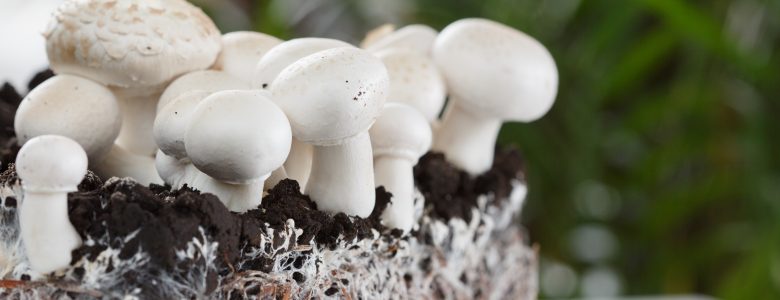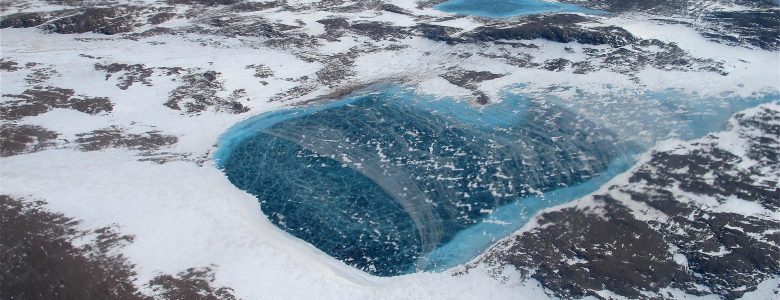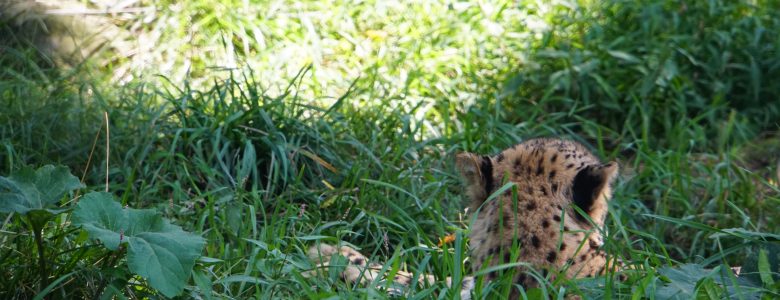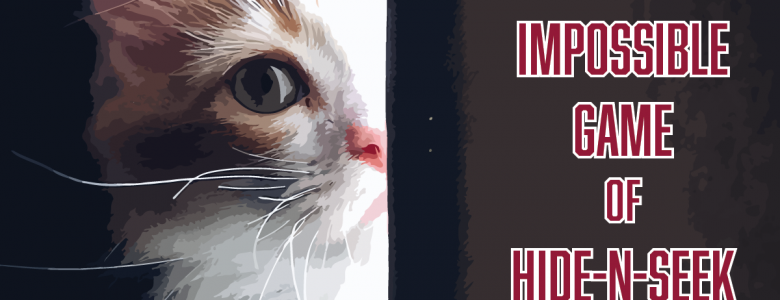May 20, 2020
African Violets: A Horticulturist’s Mutant Paradise

With showy blossoms ranging from blue to burgundy and white to green, it’s no wonder African violets (Saintpaulia Ionantha) are among the most popular houseplants across the world.
When gazing upon these vibrant, vivacious “violets” with their pinwheel stripes or “fantasy speckles,” one can’t help but wonder, “How the hell did we get here?”
The answer lies in almost a century of hybridization, accented and accelerated by a few decades of chemical mutagens and radiation, according to a 2017 Folia Horticulturae review.








